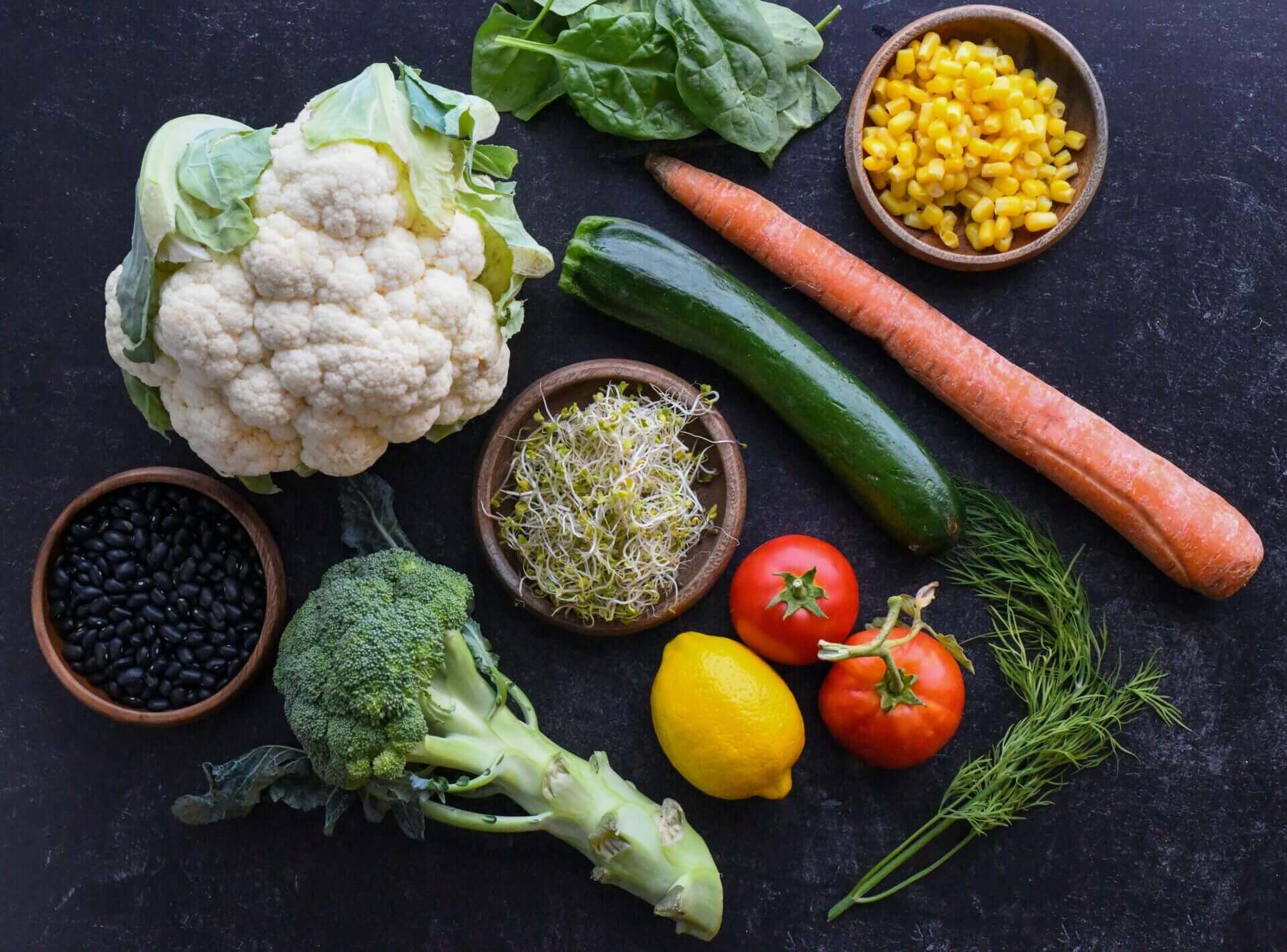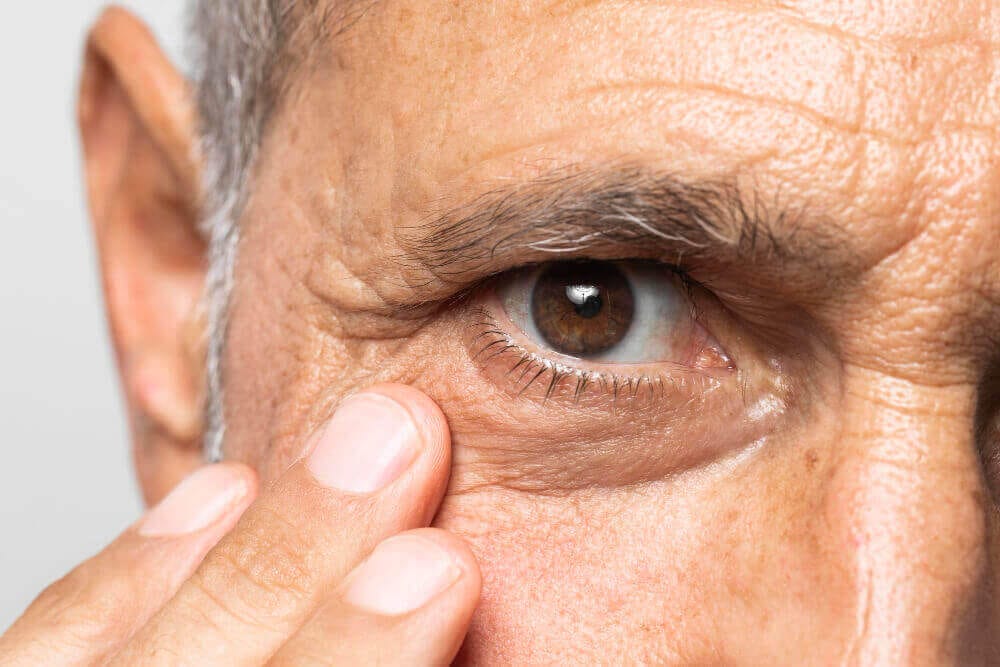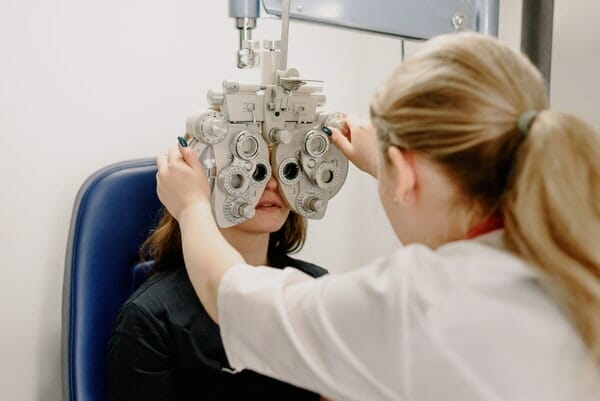Nutrition for Optimal Eye Health
Eat a diet rich in fruits and vegetables
Fruits and vegetables contain vitamins, minerals, and antioxidants that are essential for good eye health. Specifically, foods rich in vitamins A, C, and E, as well as beta-carotene and lutein, are beneficial for eye health. Examples of such foods include carrots, spinach, kale, sweet potatoes, oranges, strawberries, and blueberries.
Eat according to the AREDS2 study
A major study called the Age Related Eye Disease Study 2 found that having the appropriate amounts of lutein and zeaxanthin in our retina is critical for reducing the risk of permanent vision loss due to Macular Degeneration.
Unfortunately western diets generally do not include enough from natural sources and supplementation may be recommended by our eye doctor.
The Age-Related Eye Disease Study 2 (AREDS2) recommends consuming 10 mg (10,000 mcg) of lutein and 2 mg (2,000 mcg) of zeaxanthin per day to help reduce the risk of age-related macular degeneration (AMD) progression. It's essential to consult with a healthcare professional before starting any supplement regimen, especially if you have any pre-existing conditions or concerns.
Here's a list of 20 foods with their lutein and zeaxanthin content (per 100 grams). Please note that the values are approximate and may vary depending on the source:
- Kale - Lutein: 15,200 mcg, Zeaxanthin: 3,046 mcg
- Spinach - Lutein: 11,300 mcg, Zeaxanthin: 898 mcg
- Swiss Chard - Lutein: 10,700 mcg, Zeaxanthin: 300 mcg
- Collard Greens - Lutein: 7,100 mcg, Zeaxanthin: 600 mcg
- Turnip Greens - Lutein: 5,500 mcg, Zeaxanthin: 500 mcg
- Dandelion Greens - Lutein: 5,000 mcg, Zeaxanthin: 500 mcg
- Mustard Greens - Lutein: 4,400 mcg, Zeaxanthin: 400 mcg
- Beet Greens - Lutein: 3,800 mcg, Zeaxanthin: 200 mcg
- Cress - Lutein: 2,900 mcg, Zeaxanthin: 300 mcg
- Broccoli - Lutein: 1,800 mcg, Zeaxanthin: 300 mcg
- Green Peas - Lutein: 1,800 mcg, Zeaxanthin: 200 mcg
- Romaine Lettuce - Lutein: 1,500 mcg, Zeaxanthin: 200 mcg
- Brussels Sprouts - Lutein: 1,100 mcg, Zeaxanthin: 200 mcg
- Zucchini - Lutein: 1,000 mcg, Zeaxanthin: 200 mcg
- Green Beans - Lutein: 900 mcg, Zeaxanthin: 100 mcg
- Papaya - Lutein: 700 mcg, Zeaxanthin: 150 mcg
- Corn - Lutein: 600 mcg, Zeaxanthin: 200 mcg
- Green Bell Peppers - Lutein: 640 mcg, Zeaxanthin: 100 mcg
- Nectarines - Lutein: 500 mcg, Zeaxanthin: 200 mcg
- Orange Bell Peppers - Lutein: 480 mcg, Zeaxanthin: 190 mcg
Remember that lutein and zeaxanthin are more easily absorbed by the body when consumed with healthy fats. Cooking these vegetables with a small amount of oil or serving them with avocado, nuts, or seeds can enhance the absorption of these carotenoids.
Consume omega-3 fatty acids
Omega-3 fatty acids have anti-inflammatory properties and are essential for maintaining good eye health and reducing dry eye severity. These fatty acids are found in fatty fish, such as salmon, mackerel, and tuna. Alternatively, you can also take supplements containing omega-3 fatty acids.
Avoid consuming processed foods
Processed foods are typically high in sugar, unhealthy fats, and other additives that can negatively impact eye health. Instead, opt for nutrient-dense foods, such as whole grains, fruits, vegetables, and lean protein sources.
Moderate caffeine and alcohol intake
Caffeine and alcohol can cause dehydration, which can lead to dry eyes. This can cause discomfort, itching, and even blurred vision. Limit your consumption of caffeine and alcohol to maintain good eye health.















